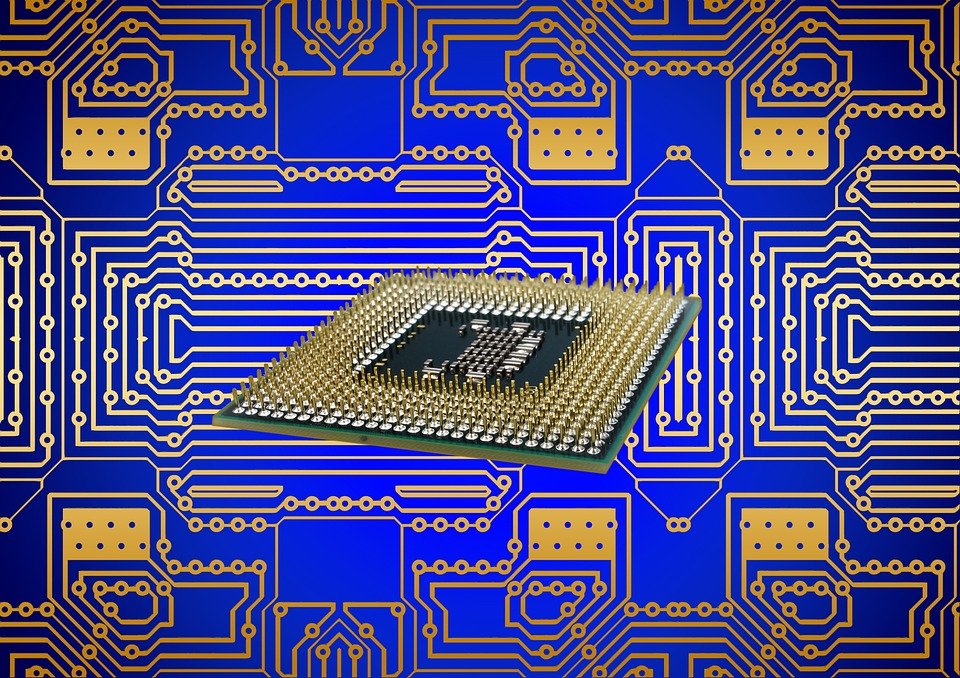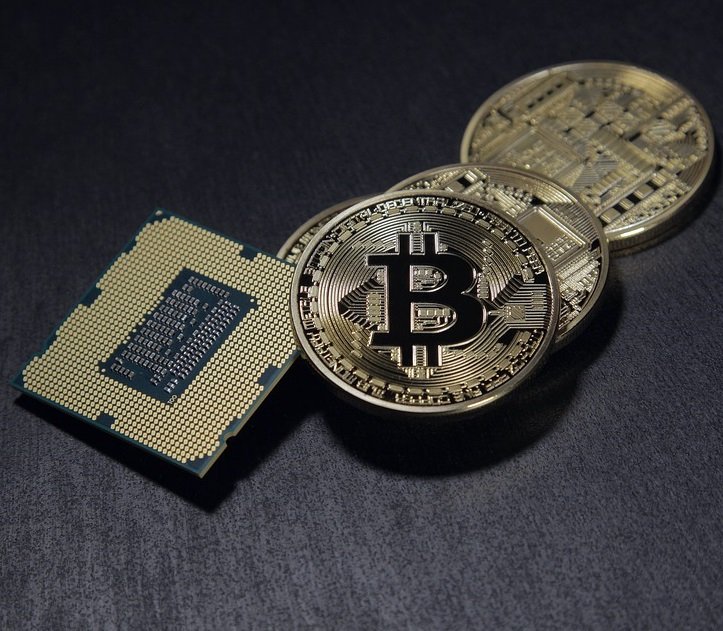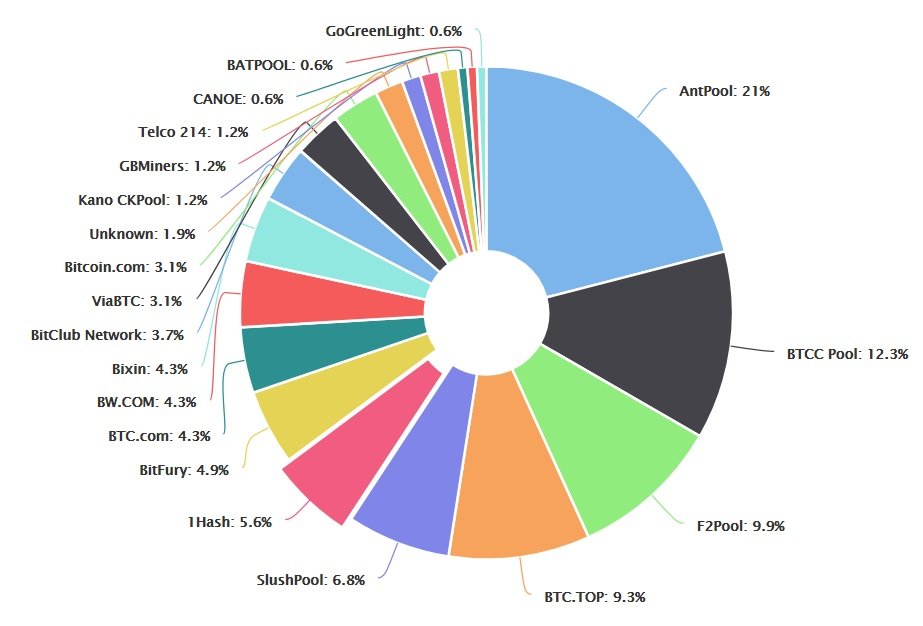


Bitcoin is the largest digital currency found by a group of people in 2009. Bitcoin is a software block that is created and controlled by the users. The system works on the belief the users have in Bitcoin. Bitcoin is independent of any financial institution or country and is rapidly increasing as an alternative to fiat currency.
The original creators have decided that only 21 million Bitcoin will be issued and the creation will be cut over a period of time. Bitcoin is netiher a paper or coin money that can be exchanged. The digitally created unit is being accepted by merchants all over the world. The transaction fee for exchanging goods and services with Bitcoin internationally is minimum when compared to that of fiat currency. This proves to be the key advantage of Bitcoin system.
All transactions in the Bitcoin network are stored in a public ledger called Blockchain. The private address of each user is unique and cannot be shared with anyone. However, the public key assigned can be shared with the general public to send and receive Bitcoin. All Bitcoin users can remain anonymous with minimum Know Your Customer and Anti-Money Laundering rules by the exchanges.
Bitcoin can be bought through exchanges or through extensive process called mining. Order matching in Bitcoin is done on a First-come-first-serve basis. Special algorithms are used by the order maching engines to facilitate the trading.
Bitcoin in an open source software available on Github and everyone interested can contribute. Bitcoin mining involves solving mathematical problems to solve for a block also known as Bitcoin. Software mining for Bitcoin requires extensive hardware and software setup.
Bitcoin is based on Cryptographic hash which is a one way function and cannot be decrypted back. All the transactions are encrypted in SHA-256 (Secure Hash Algorithm 256 bit) format. Miners continuosly iterate the incoming encrypted transactions and confirm them by solving the code. They get rewarded with Bitcoin for solving and confirming the encrypted transactions. The rewards vary with time depending on the Bitcoin users decisions.
Hash rate is a key criteria for mining the bitcoin. It is measure of a miner's machine speed, that is, how many hash are solved by the machine in one second.
| Unit | Hash Rate |
|---|---|
| 1 kH/s | 1000 hash per second |
| 1 MH/s | 1 Million hash per second |
| 1 GH/s | 1 Giga or 1 billion hash per second |
| 1 TH/s | 1 Tera or 1 trillion hash per second |
Mining success depends on the hash rate and the greater hash rate solves the block and the miners have higher chance of receiving Bitcoin rewards. Mining pools also have a unit of Pool effective hash rate or PH/s.
Mining is a continuous cycle of solving for hash. With the miner's computational power, the transactions are confirmed in the block and a new bitcoin is created.
Mining difficulty is a measure of how difficult it was to find a hash less than the 256-bit target value during the Proof of Work. It is calculated for every 2016 blocks or about two weeks based on the time it took to generate the 2016 blocks. The difficulty is adjusted to keep the block generation time consistent globally. Difficulty is crucial for networks and individuals to estimate the time and output.
Proof of work is a combination of a miner's hardware, energy consumed, and time taken to solve the problem.


Individual miners combine their computational power and hash rate to form a greater pools. The pools increase the hash rate, processing speed, confirmations, and faster rewards. Miners get rewarded based on their contribution to solve the block.
Mining pools also charge a fee for combining the efforts. The advantages of mining pools are that they have the greater hash rates and the amount of bitcoin generated are higher.

Getting started with Bitcoin involves several investment and operating costs. Bitcoin software and operating engines can be procured from the vendors. Hardware components include the processing unit such as Antminer and setting up.
Joining a pool for higher mining capacity is recommended. Having solar panels for renewable energy generation is a good idea to offset the electricity costs associated with Bitcoin mining. Constant Internet connection is also required for mining the bitcoin.
Cloud mining is recommended if you wish to avoid the setup on your property. You can buy the Bitcoin processing power from remotely located hardware and continue mining. Mining contracts from the vendors let you mine for Bitcoins.
Costs and gains must be analyzed for mining the Bitcoin. For individual mining, operating costs are higher. For pool mining and cloud mining, charges are also considerably higher than the results.
